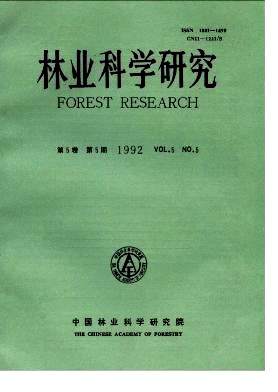Habitat Conditions, Home Range and Burrow Distribution Pattern of Beavers in Xinjiang Autonomous Region
- Received Date: 1991-06-14
- Available Online: 2012-12-04
Abstract: Studies in the Burgen River Beaver Researve in 1989 stated that the beavers always selected places with depth of around 137cm of the water and height of around 101 cm of the bank with abundant trees to dig burrows and build lodges. Stand density, water and topographic conditions were the primary factors determining the fitness of a habitat. The average home range of a beaver colony was 1.2km along the river, containing 22 burrows and lodges which showed clumped distribution pattern and concentrated near the overwintering burrow (or lodge). It's concluded that the clumped trees is the main reason resulting in the clumped burrows and lodges. The area concentrated with burrows and lodges near the overwintering burrow is the territory of a beaver colony averaging 480 m along the river. The beaver's carrying capacity is about one colony per kilometer along the river. Stand density is the limiting factor of the beavers.





 DownLoad:
DownLoad: